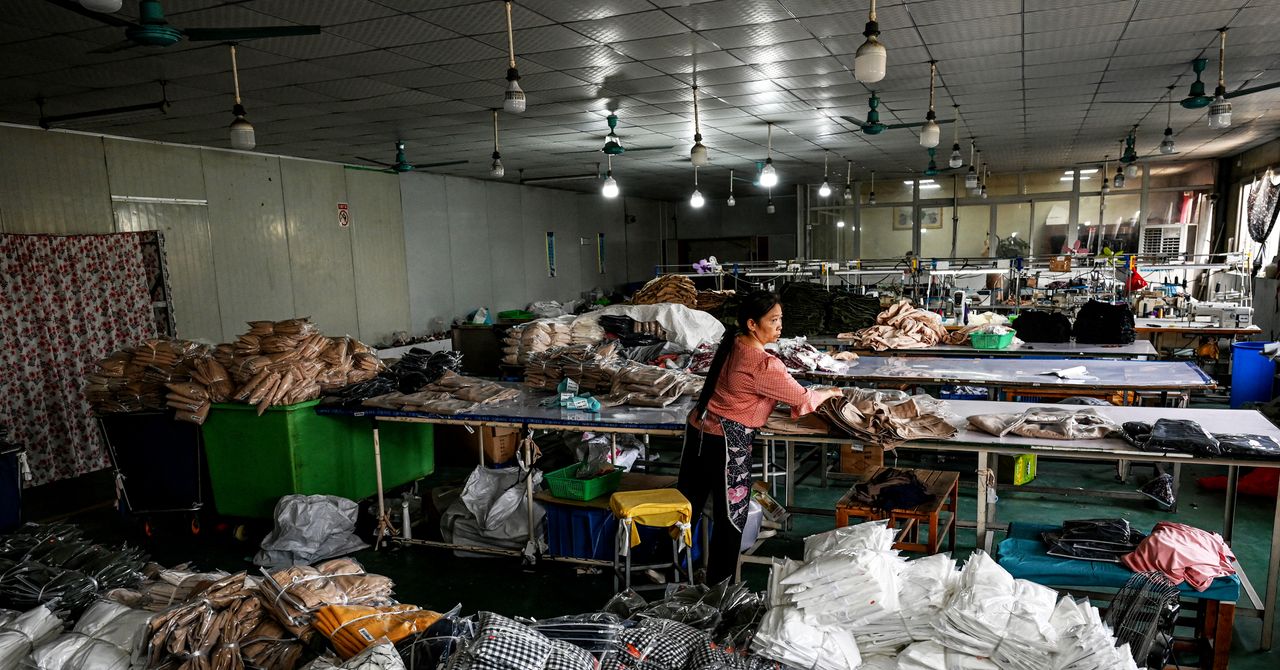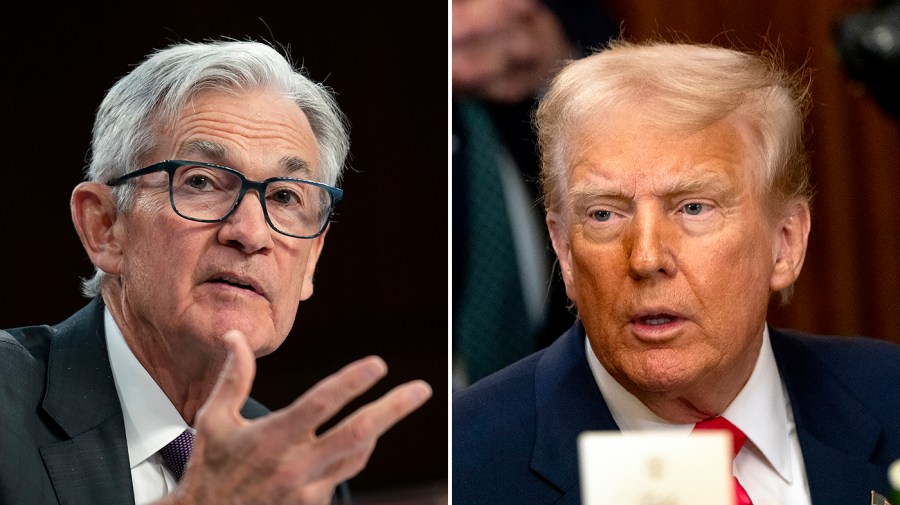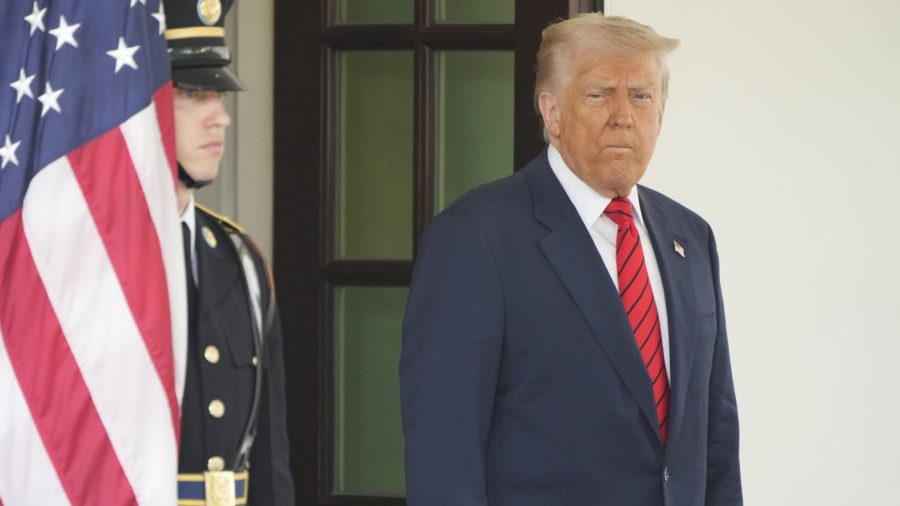We’ve talked to us retailers who do not sell on e -commerce websites, which means they have their own stores or provide Walmart, Target and more.
From what we have seen, retailers usually have a inventory warehouse that should take at least the next few months in the United States. If tariffs soon reach an acceptable level, however, the shortcomings will become much more apparent depending on the amount of individual stores ready. For example, US retailers of Christmas ornaments are now really worried, even if the holidays are seven months away. Perhaps December is when some American consumers eventually find the impact of these policies!
Is it possible that Trump’s exception to Amazon for tariffs and not other retailers? Can he do that without anyone knowing?
Even if Trump is trying to get Amazon away from his tariffs, it will be very difficult to logistical. The Amazon market has millions of third -party sellers who each run their jobs, and they are responsible for bringing goods to the United States and clearing the customs process. But Trump can provide Amazon and other tax retailers, subsidies or other economic benefits to help offset the impact of tariffs. This has not yet happened, but there are reports that there have been discussions between Trump administration officials about the potential of US farmers’ subsidies.
What percentage of sellers in Amazon are importing goods from China?
It is difficult to say how many Amazon sellers import things from China, but estimates suggest that more than 50 % of Amazon’s top independent businessmen are located in China.
Are there enough custom delegates to confirm that things from other countries originated from China? If so, how do they do it?
Trump’s tariffs are definitely originating in the packages and where the goods are in them. The US Postal Service actually stopped accepting Chinese packages about a day earlier this year because Trump initially tried to finish one night. His government later delayed the policy for a few weeks and gave CBP more time to prepare.
How did the tariff situation affect the real sellers of the production of products?
Chinese factories are hard to hit because of tariffs and some are planning to turn off workers. They all want to be centered on other markets such as Brazil, Russia and the European Union, but the reality is that consumers in these areas do not have as much disposable income. Factories will be able to make up some of their sales, but these alternative markets will now be too competitive.
Small business owners say they are hurt because of tariffs, so who wins here?
Honestly, we can at least think of the few parties that win here. Even if you want to produce in the United States, you certainly need to import machines and raw materials from China or other country – which means you have to pay these new tariffs as well. Maybe a winner is the environment. Higher prices are likely to buy fewer people, and this could be the moment that consumers start to reflect on their consumption habits. But if that happens, this will also be bad for the US economy.
What if Chinese goods are sold to a third party (like Canada) and then turned into the United States, does Trump imagine it?
This can be an example of tariff escape and illegal. Going to an intermediary country is known as a “transfer” and occasionally happens, but if a manufacturer or retailer is caught, it can be exposed to steep penalties.





